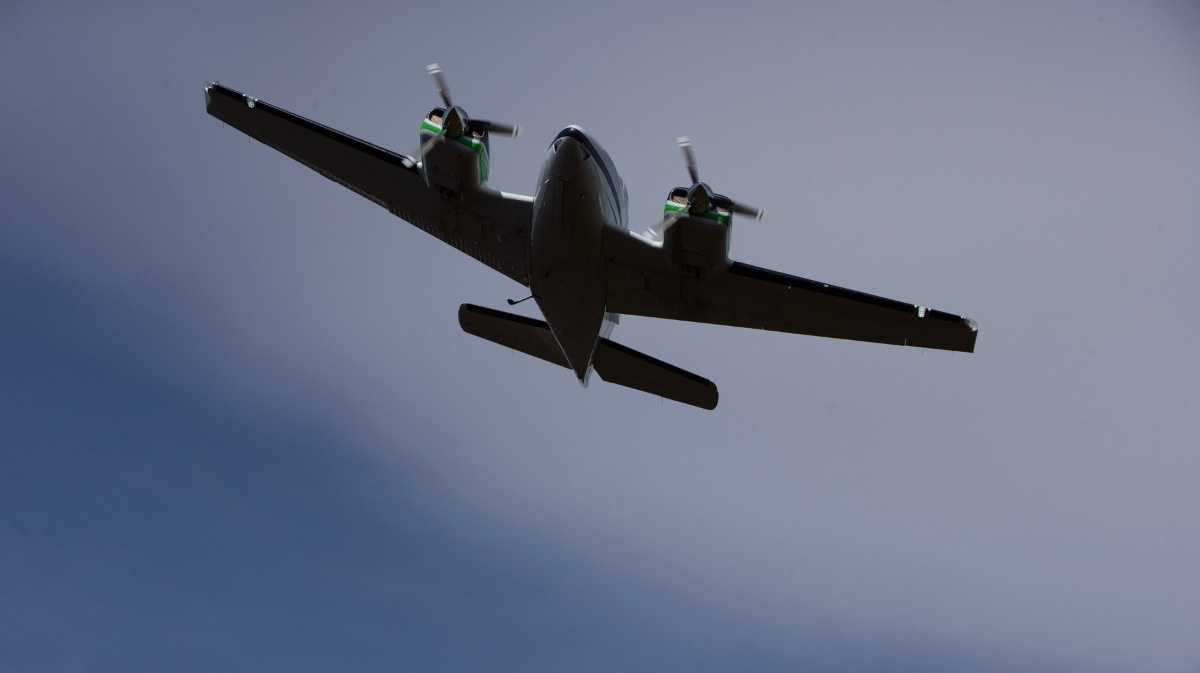
Know Your Airplane: A Detailed Look at Aircraft Systems and Parts
Embarking on an educational journey in aviation is not only about learning to handle the stick. A true aviator must also possess in-depth knowledge of the intricate aircraft systems that work in harmony to defy gravity. Leading Edge Flight Academy believes in cultivating holistic expertise among our students. We provide a comprehensive understanding of the complex components that empower flight. Below, we delve into the vital systems and parts that make up an aircraft.
The Heart of Aircraft Systems: Engines and Propulsion
The engine is the most critical component of an aircraft. It serves as the proverbial heart that pumps life into the flying machine. There are various types of aircraft engines, such as piston, turboprop, and jet engines, each with unique mechanisms and suited for different purposes.
Piston engines, like their automotive counterparts, convert fuel into mechanical motion. This propels the aircraft forward. Turboprop engines meld the reliability of a turbine with the efficiency of propellers, making them ideal for medium-range flights. Jet engines, on the other hand, use the physics of jet propulsion to generate thrust, applying the principles of action and reaction as detailed by Newton’s third law. Understanding the mechanics, care, and maintenance of these power plants is crucial for any aspiring pilot.
The Nervous System: Avionics
Avionics, the electronic systems used on aircraft, are akin to the nervous system of the human body. They are complex network that manages communication, navigation, and aircraft controls. Modern avionics are a marvel of technology, incorporating GPS, autopilot, weather systems, and other sophisticated components to assist pilots in flying safely and efficiently.
The development of these advanced aircraft systems has fundamentally transformed how pilots interact with the controls and environment, bringing a new level of digital intelligence to the cockpit.
The Skeletal Framework: Airframe and Hydraulics
The airframe, the physical structure of the aircraft, houses all the systems and withstands aerodynamic forces during flight. Comprising the fuselage, wings, and empennage (tail section), the airframe design significantly influences an aircraft’s performance characteristics.
The hydraulic system is tightly integrated with the airframe, which could be compared to muscles that move bones. This system uses fluid power to activate and control certain mechanisms, such as landing gear, brakes, and flight control surfaces. A deep dive into the operation of hydraulic systems can be a fascinating study of physics and engineering brilliance.
The Lifelines: Fuel, Electrical, and Environmental Systems
Beyond engines and controls, several other systems are critical to an aircraft’s operation and safety. The fuel system, for example, is not just a matter of tanks and pumps. It is a meticulously designed network that ensures the proper flow of fuel at the correct pressure and mixture for different flight conditions.
The electrical system works as a life-support circuit, delivering power where needed—from cockpit instruments to cabin lights. Meanwhile, the environmental system controls the temperature and pressure within the cockpit and cabin, creating a habitable space several thousand feet above the Earth. Understanding these systems is crucial for flight safety, performance optimization, and emergency troubleshooting in critical situations.
Facing the Demands of Modern Aviation
From the roaring engines that provide thrust to the delicate avionics, every part of an aircraft’s system is a testament to human ingenuity. LEFA immerses our students in the engineering artistry that allows those machines to take to the skies. Through a detailed understanding of aircraft systems, our students are equipped with the knowledge that inspires confidence in their piloting skills.
By appreciating the diverse components and systems that work together seamlessly, LEFA students are better prepared and ensure that they stay ahead in an ever-advancing field. To learn more about our curriculum, get in touch today!


